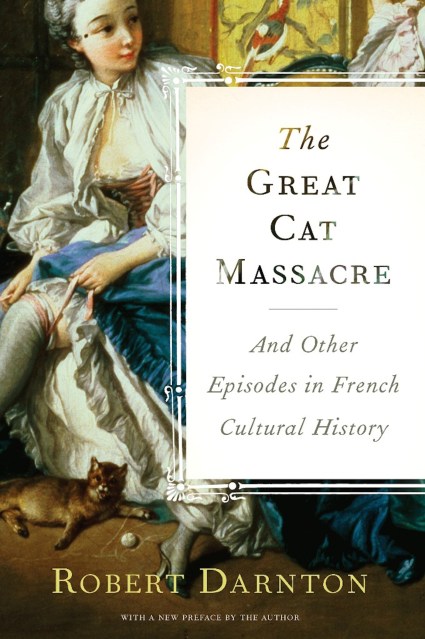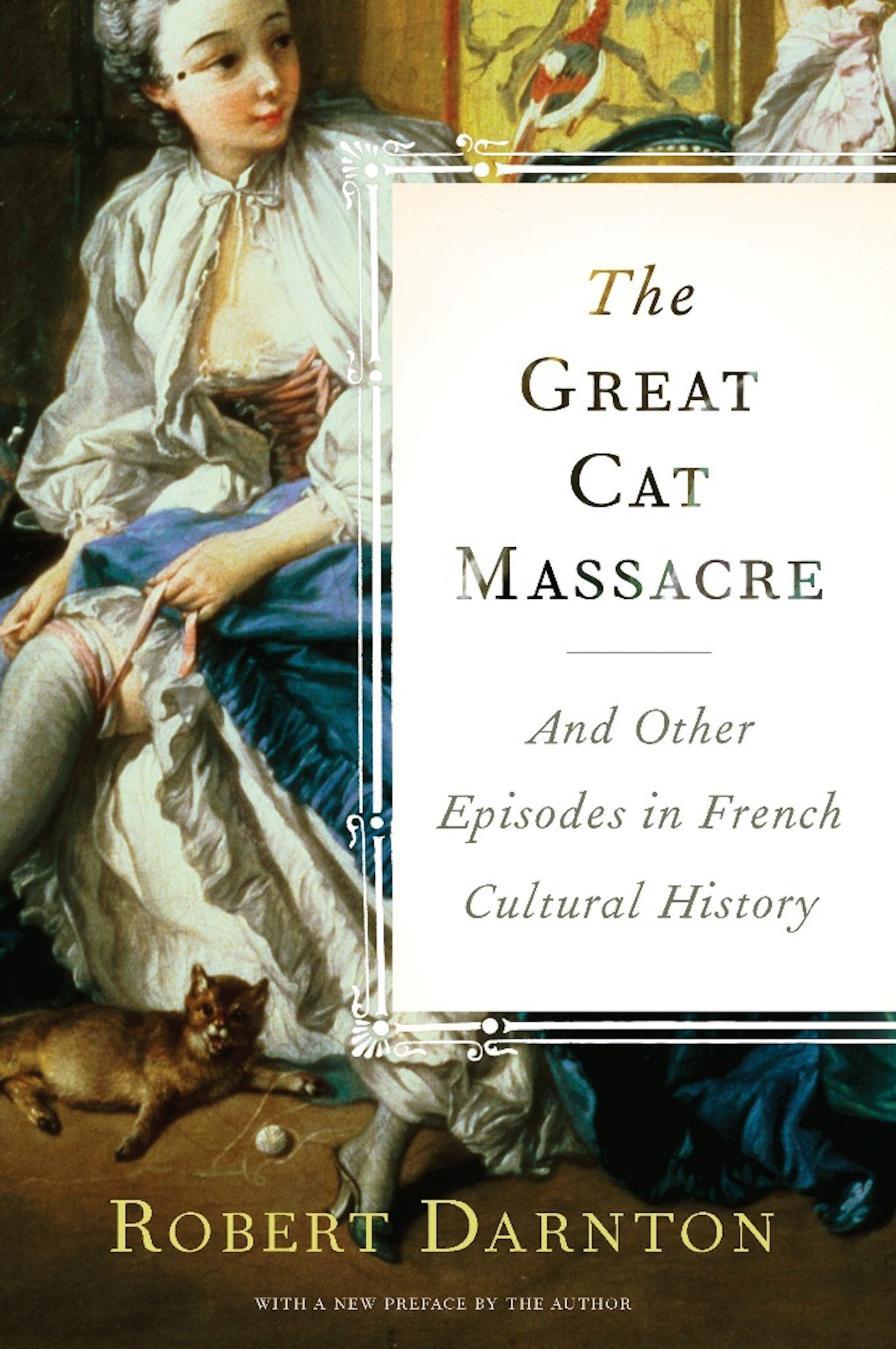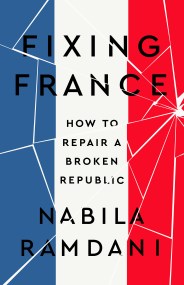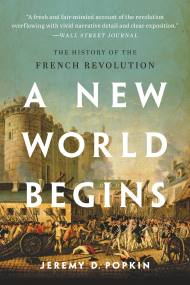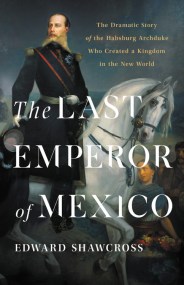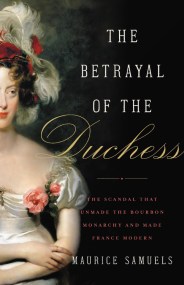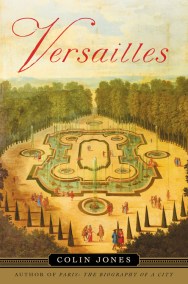Promotion
Use code MOM24 for 20% off site wide + free shipping over $45
The Great Cat Massacre
And Other Episodes in French Cultural History
Contributors
Formats and Prices
Price
$12.99Price
$16.99 CADFormat
Format:
- ebook $12.99 $16.99 CAD
- Audiobook Download (Unabridged)
- Trade Paperback $18.99 $23.99 CAD
This item is a preorder. Your payment method will be charged immediately, and the product is expected to ship on or around May 12, 2009. This date is subject to change due to shipping delays beyond our control.
Also available from:
The landmark history of France and French culture in the eighteenth-century, a winner of the Los Angeles Times Book Prize
When the apprentices of a Paris printing shop in the 1730s held a series of mock trials and then hanged all the cats they could lay their hands on, why did they find it so hilariously funny that they choked with laughter when they reenacted it in pantomime some twenty times?
Why in the eighteenth-century version of Little Red Riding Hood did the wolf eat the child at the end?
What did the anonymous townsman of Montpelier have in mind when he kept an exhaustive dossier on all the activities of his native city?
Why in the eighteenth-century version of Little Red Riding Hood did the wolf eat the child at the end?
What did the anonymous townsman of Montpelier have in mind when he kept an exhaustive dossier on all the activities of his native city?
These are some of the provocative questions the distinguished Harvard historian Robert Darnton answers The Great Cat Massacre, a kaleidoscopic view of European culture during in what we like to call “The Age of Enlightenment.” A classic of European history, it is an essential starting point for understanding Enlightenment France.
Genre:
- On Sale
- May 12, 2009
- Page Count
- 320 pages
- Publisher
- Basic Books
- ISBN-13
- 9780465010486
Newsletter Signup
By clicking ‘Sign Up,’ I acknowledge that I have read and agree to Hachette Book Group’s Privacy Policy and Terms of Use
